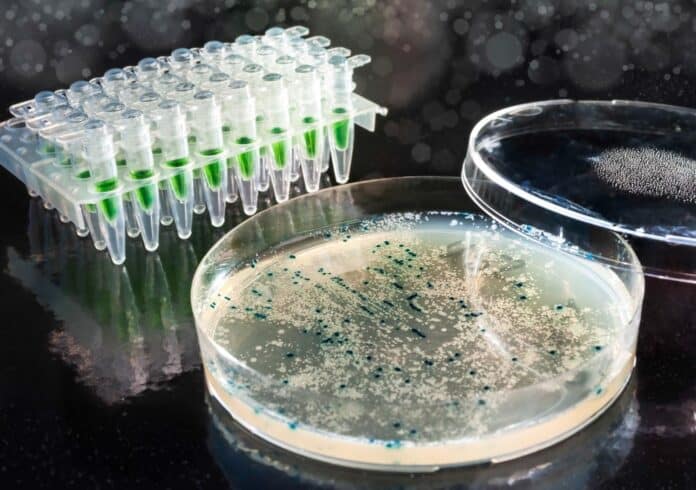Galantamine is a medicine used to treat dementia and Alzheimer’s disease; however, producing it in a lab is not viable. It is often taken from daffodils, a long and weather-dependent process. University of Texas at Austin researchers use AI and biosensors to help microbes produce it efficiently.
Researchers published a study in Nature Communications describing a method using genetically modified bacteria to produce a chemical precursor of galantamine during their normal metabolism. These microorganisms have been modified to produce therapeutic chemicals from food.
According to UT Austin professor Andrew Ellington, the goal is to ferment medications like this on a big scale. This technique guarantees a consistent, affordable supply unaffected by climatic events like floods or droughts.
MutComputeX is an artificial intelligence system developed by Danny Diaz, a postdoctoral fellow at the UT Institute for Foundations of Machine Learning. By identifying protein mutations, this system improves bacteria’s ability to produce medicinal chemicals. According to Diaz, these alterations can increase bacterial efficiency up to three times that of native daffodil processes.
Harnessing microbes to produce valuable substances is expected, like using yeast to make alcohol and bacteria for cheese and yogurt. Now, researchers are using AI to enhance microbial fermentation. They modified E. coli bacteria to produce a chemical called 4-O’Methyl-norbelladine, a key component of galantamine.
This compound, present in daffodils, is used medicinally to treat viral, fungus, and cancer infections. They also created a fluorescent biosensor that glows green when in contact with bacteria that produce the appropriate compounds, making it possible to detect them rapidly.
Simon d’Oelsnitz, a postdoctoral researcher formerly at UT Austin and now at Harvard University and the paper’s first author, said, “The biosensor allows us to test and analyze samples in seconds when it used to take something like five minutes each. “The machine learning program allows us to easily narrow candidates from tens of thousands to tens. Put together, these are potent tools.”
The research shows how AI and bacteria can help make medicines better. Researchers use genetically modified bacteria to ferment a chemical needed to make a drug for Alzheimer’s. This method is cheaper and more accessible than the usual way of getting the chemical from daffodils. They also made a unique fluorescent biosensor tool to find bacteria, making the chemical quickly. This makes the whole process faster and more efficient.
Journal reference:
- d’Oelsnitz, S., Diaz, D.J., Kim, W. et al. Biosensor and machine learning-aided engineering of an amaryllidaceae enzyme. Nature Communications. DOI: 10.1038/s41467-024-46356-y.
